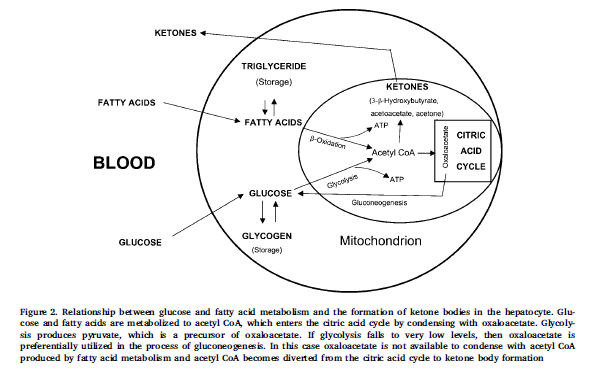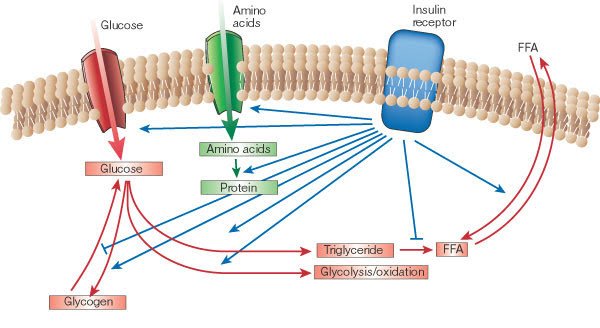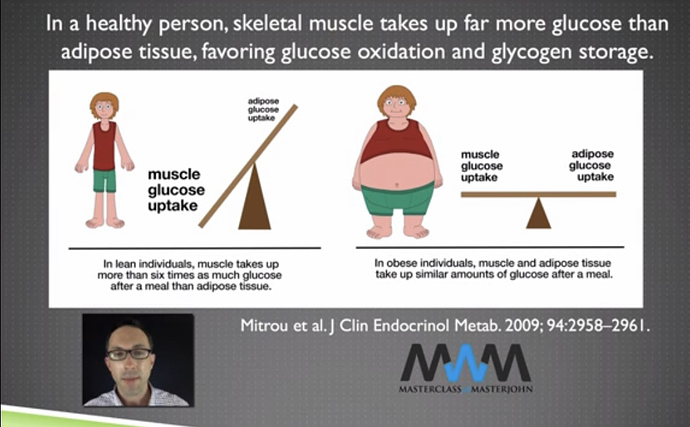@Fracmeister Yes. You asked the community for assistance and then found your answer but didn’t share. I, for one, find this rude. Please share your link.
Ultimately I think this is a VERY dependant answer. My fasting insulin at 72 hours is under 1.0 uIU/mL. Another prominent member of the forums is still in near 10-14 even though he started keto 2 and a half years before me ( you might know him, he was this week’s podcast interviewee) . This marker alone should be a criteria for how we handle those carbohydrates. I started at 20 g CHO total a day. Currently I can have 70-100 for a week straight with no effect on breath of blood ketones…longer than a week those too will decrease. I rarely do because I cruise towards carnivore lately.
The other factor is people like Danny Vega are using super starches (UCONN) and complex carbs found in sushi rice to jack up their energy for performance with no decrease in ketosis. Is this activity related? insulin related? Both? I am betting both as he never suffered the way some of us have and has greater metabolic flexibility.
The chart Carol T provided is helpful but sometimes analogy works best. The body has learned to use the toxin sugar as fuel. This fuel is akin to rocket fuel but it is so deadly it burns it firsts before, before anything else. If the energy needs do not equal the fuel coming in then this toxin must be detoxified. Going to the more complex metabolic storage and detoxification of the sugar, whatever its source. That it does this is why the assumption was made all those years ago- that sugar is the primary and preferred fuel source rather than say it is a toxin and must be dealt with first.
If we remove the primary assumption which is a filter to how we think about nutrition, that sugar is a PREFERRED fuel source and instead ask why does the body burn fuel sources in the order it does ( Sugar, Fat, Protein) we can look at every single study ever published and derive different answers from the data provided.
My 2 cents anyway.








